These days we all carry around a highly advanced camera in our back pocket just about everywhere we go. It’s incredible technology … that we humans generally squander on sepia-filtered photos of food and selfies on the toilet.
How we managed to send people to the moon, I do not know.
Anyway, while people are generally quite brilliant at taking photos of cups of coffee and orange sunsets, they tend to suck eggs at taking photos of cars. And it’s especially true for those hoping to sell their car online.
As someone who lists themselves as “OK” at car photography, I feel it’s my civic duty to offer my advice to those who want to climb the ladder from ‘garbage’ to ‘slightly above garbage’ when it comes to shooting four-wheeled machinery. So, here are five life-changing (?) tips on how to make the most of your photoshoot.
1. Take the car out of the damn driveway
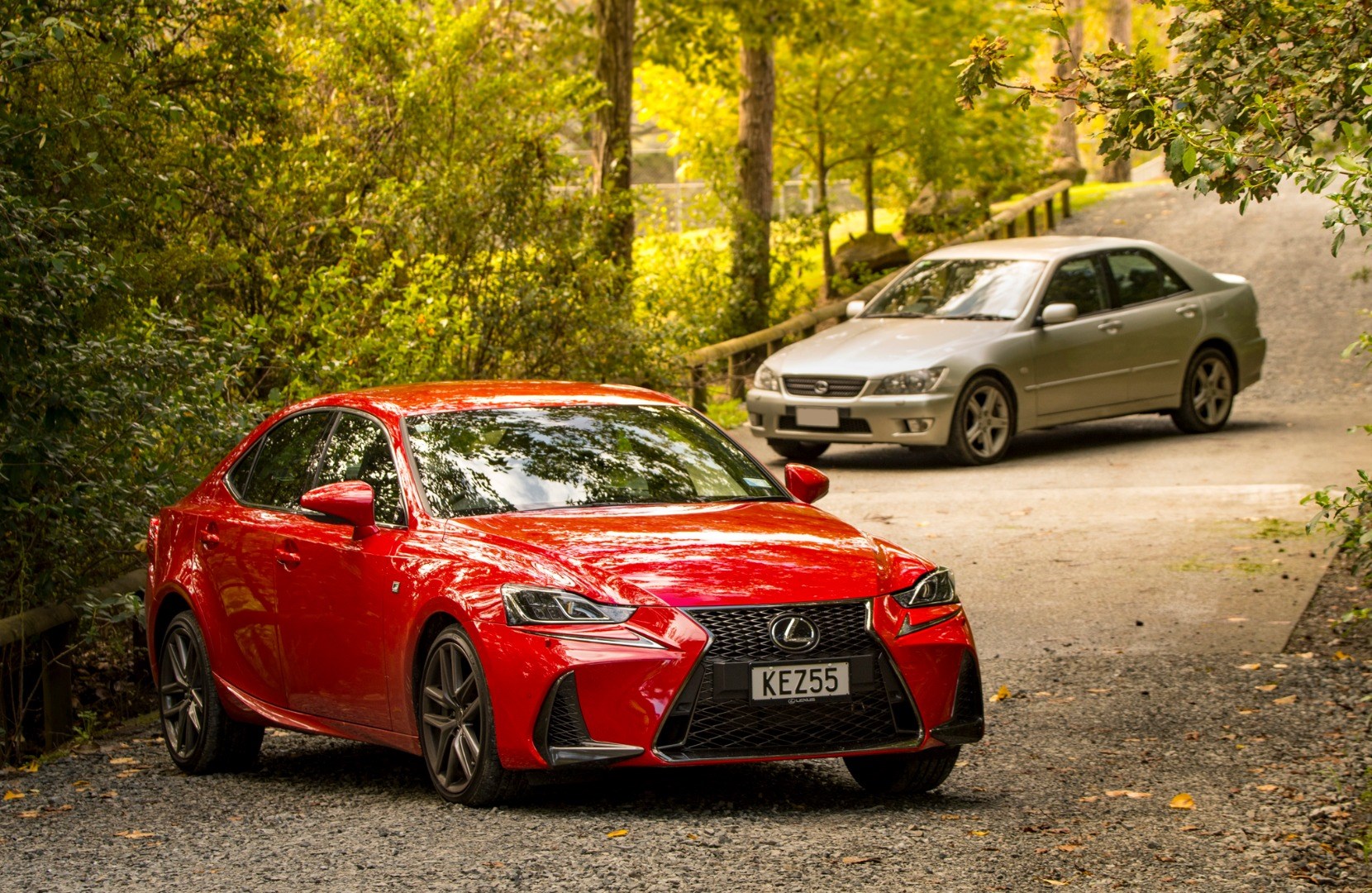
Not only is New Zealand a beautiful country, but most of that beauty is never more than half an hour away from where you might be sitting. Our entire country is basically coastline, so you may as well incorporate that.
If that sounds like too much work, then a local park, leafy side street, urban environment … they’ll all do.
Why take your car to these locations? It might sound like more work, but it will make your shooting experience easier.
Unless you live on a farm or your name is Rod Millen and the ribbon of road between the mail box and your house is literally a race track, your driveway is most likely quite a tight spot. And in those cases it can be hard to simply fit the whole car in the photo; let alone take a nice photo.
2. Once you’re at the photoshoot location, use your backdrop

Don’t make the mistake of assuming that just because a place is picturesque that it’ll be brilliant for car photography. It’s important to stake out the place first, especially if it’s a long drive away.
What I look for in a photo spot personally are angles where the background can shape itself around the car and ‘frame’ it. This can be both in a literal sense or in a metaphorical sense.
In the case of the former, you might park the car in a way that it fits between mountains in the background, or in a way that the cityscape parallels with its roofline. This might sound a bit nitpicky for a casual photographer, but use of the space can genuinely turn a generic photo into one that you come back to time and time again.
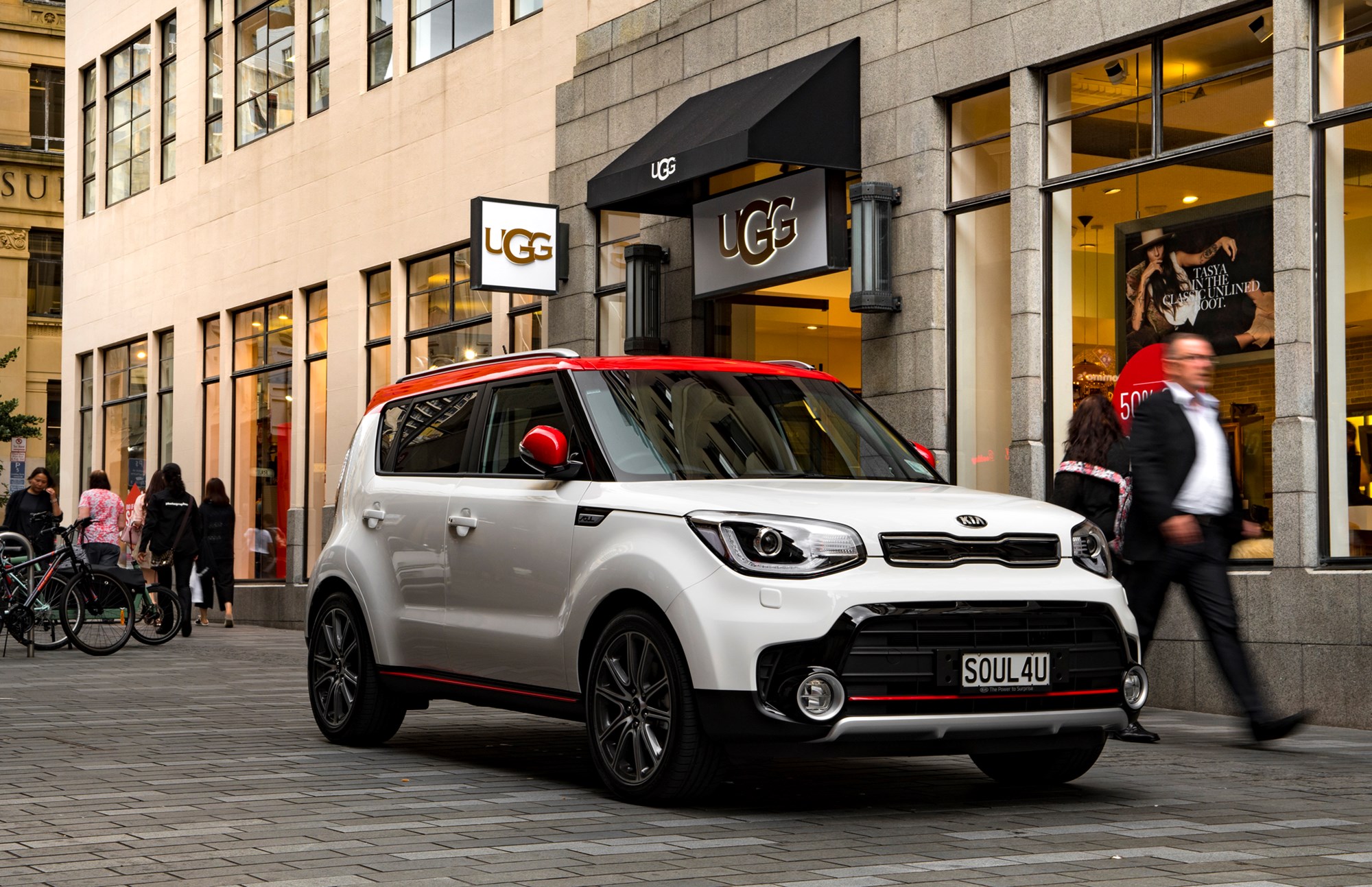
So what about framing a car ‘metaphorically’? Yeah, I know, it sounds a bit like artsy wank nonsense, but it’s the same sort of thought that’s always been prevalent in advertising.
What’s that mean in this context? It means; take the car to an environment that it fits with. If you’re shooting an SUV, for example, you could plonk it on a beach or on an unpaved road. If that SUV is just a glorified hatchback on stilts, however, it would be better suited to being photographed in the city or in suburbia.
These tactics are particularly relevant if you’re selling your car, as it means you can sell people on both the car, and the ‘lifestyle’ it comes with. Might sound a little over the top, but if it can help you sell your car faster then surely it’s worth it.
3. Watch the light, think of perspective
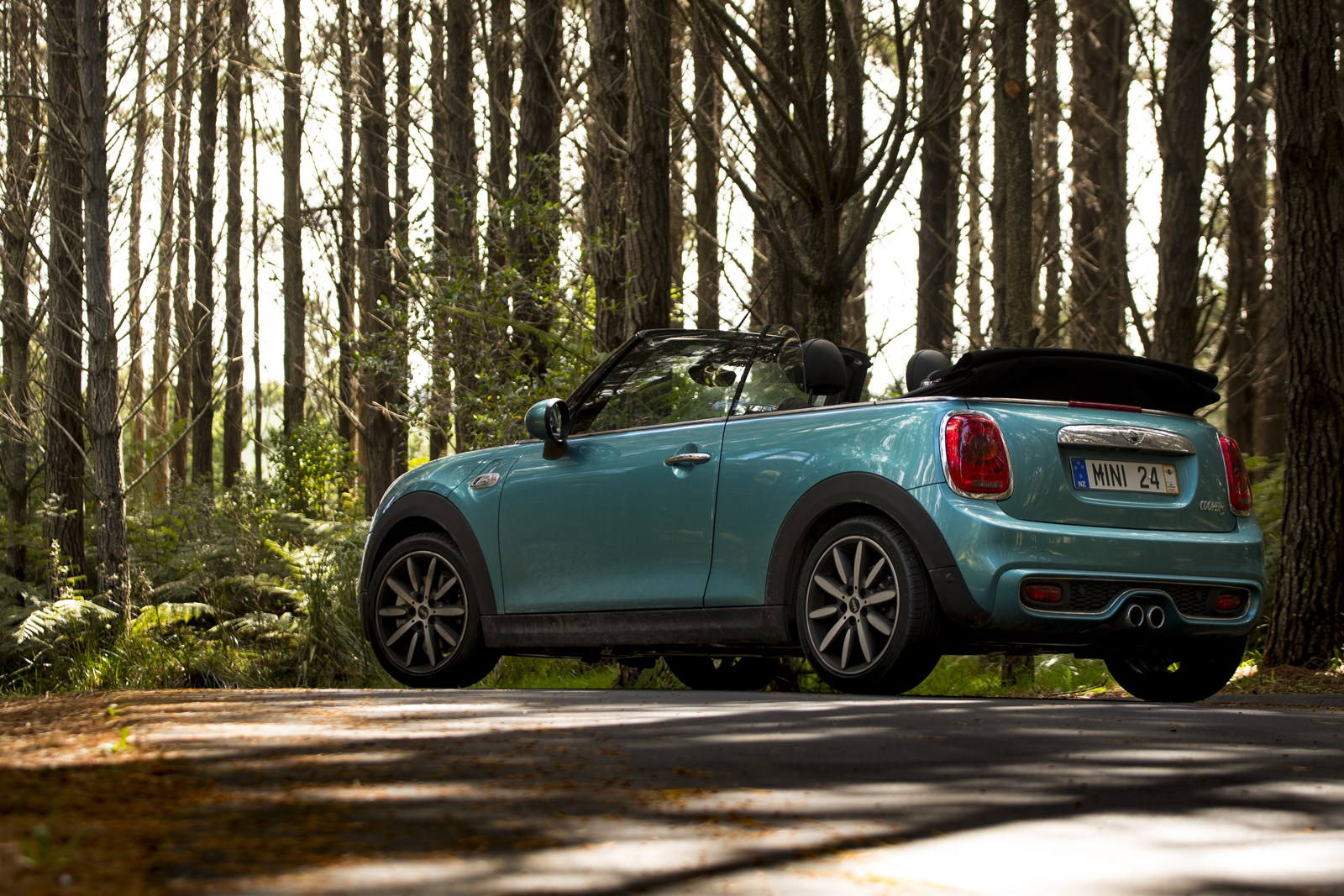
Perhaps behind setting, and the basics (getting the photo sharp, not taking the photos with the camera upside down, etc), use of light and perspective is the most important thing when shooting a car.
Light is a relatively simple one. The general rule is to shoot the car with the light behind you, so that the car is lit ‘naturally’. Eradication of patchy shadows is a noble cause, and will result in a shot that showcases a car’s lines and features very adequately. As such, make sure you pick the best time of the day to take photos — too close to noon, and the light will be very strong, as well as coming ‘straight down’.
But, shooting a car while lit from behind can also be a valid option. The photo will be harder to nail and to process, sure, but it can be a rewarding technique and can produce dramatic results. Backlit shots tend to underline a car’s silhouette and character lines better, through the increased contrast.
Shooting the car in cloudy weather can work too, since the clouds diffuse the light and distribute it evenly. Photos shot in these conditions can come out looking a little dull, but, that’s what Photoshop is for.
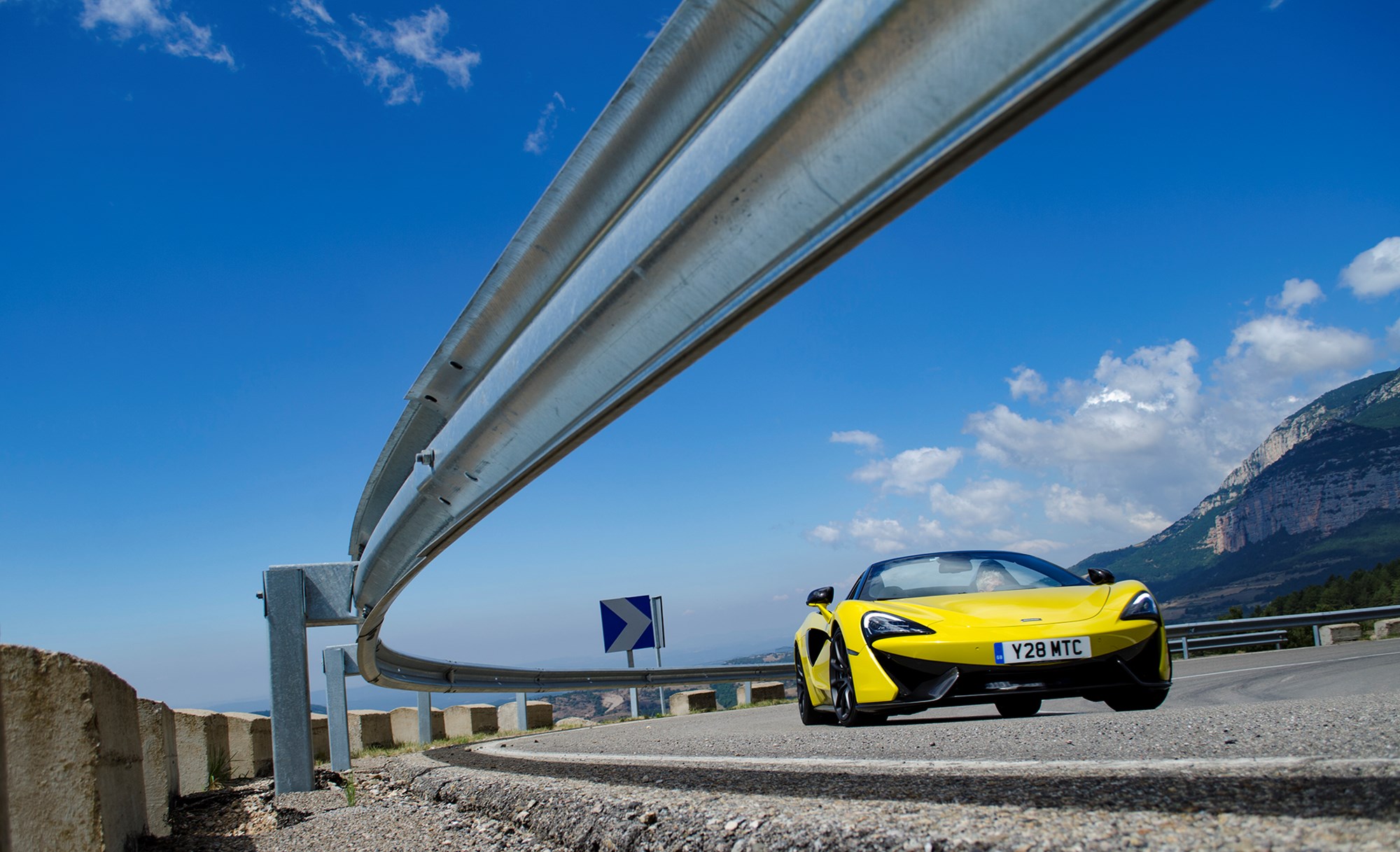
Once you have lighting sussed, the next hurdle is perspective. When people say “hey, you’ve got an eye for photography” to someone, perspective and composition are generally what they’re referring to.
While the book on perspective is less simple than the one on lighting, the easiest way to toy with it while shooting a car is to mess around with heights. Instead of just standing up and shooting from head height, try shooting while on your knees or lying on the ground. Or, bring a small step ladder or climb a balcony and shoot from a taller height.
4. Clean it
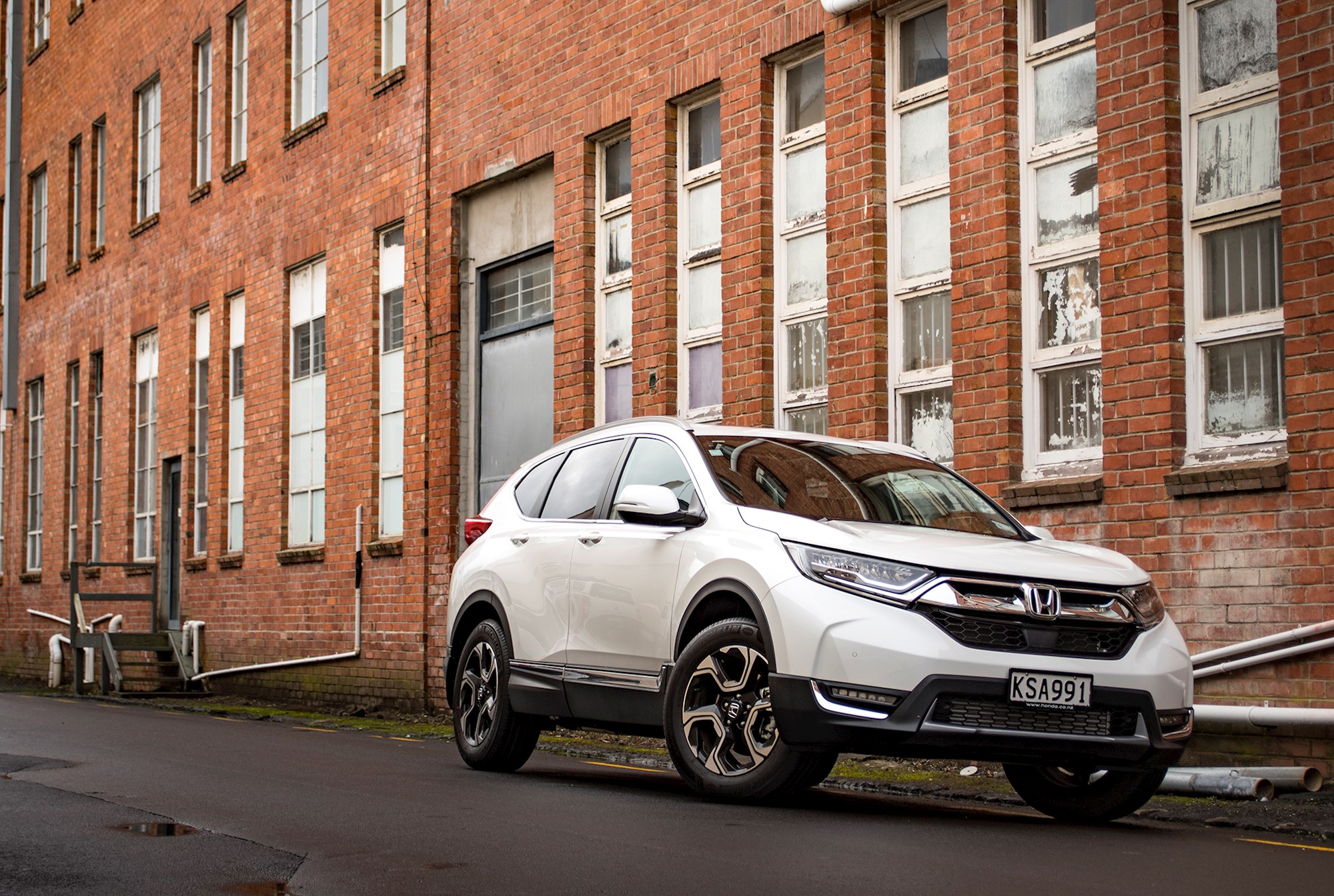
Nobody, I repeat, nobody, wants to see what brand of empty energy drink can you have in your driver’s cup holder. Nor are they interested in all your dirty washing in the boot or the 15-year-old NOW CDs you have crammed into the sun visors.
Clean. Your. Car.
And, dirt … If you own a ‘90s Nissan Safari then yes it might cool cooler coated in dirt and grime, but for literally every other car out there — especially a car that you want to sell — it’s worth cleaning the car from head to toe.
The reasons for this should be crystal clear. A clean car shows that the owner is someone who cared for it and nurtured it, and this logic holds true weather you’re driving a six-figure German super saloon or your mum’s Mazda Demio.
5. If you want to grow and go further, drop the iPhone

Now, you can take perfectly fine photos on a mobile phone these days. Most of them have more megapixels than the DSLR cameras I started out with five or six years ago. But, if you want to get genuinely good at car photography … like, good good … a serious camera kit should be on your shopping list.
Entry-level DSLR kits aren’t terribly expensive these days — $1000 will go a long way, especially if you buy second hand. That might sound like a lot to some, but there are people out there who will spend the same amount of money on a phone, so go figure.
Apart from automatically making you look more like you know what you’re doing, a DSLR will also give you much more ‘control’ over each photo you take — much more room for playing with levels, exposure, aperture … everything.
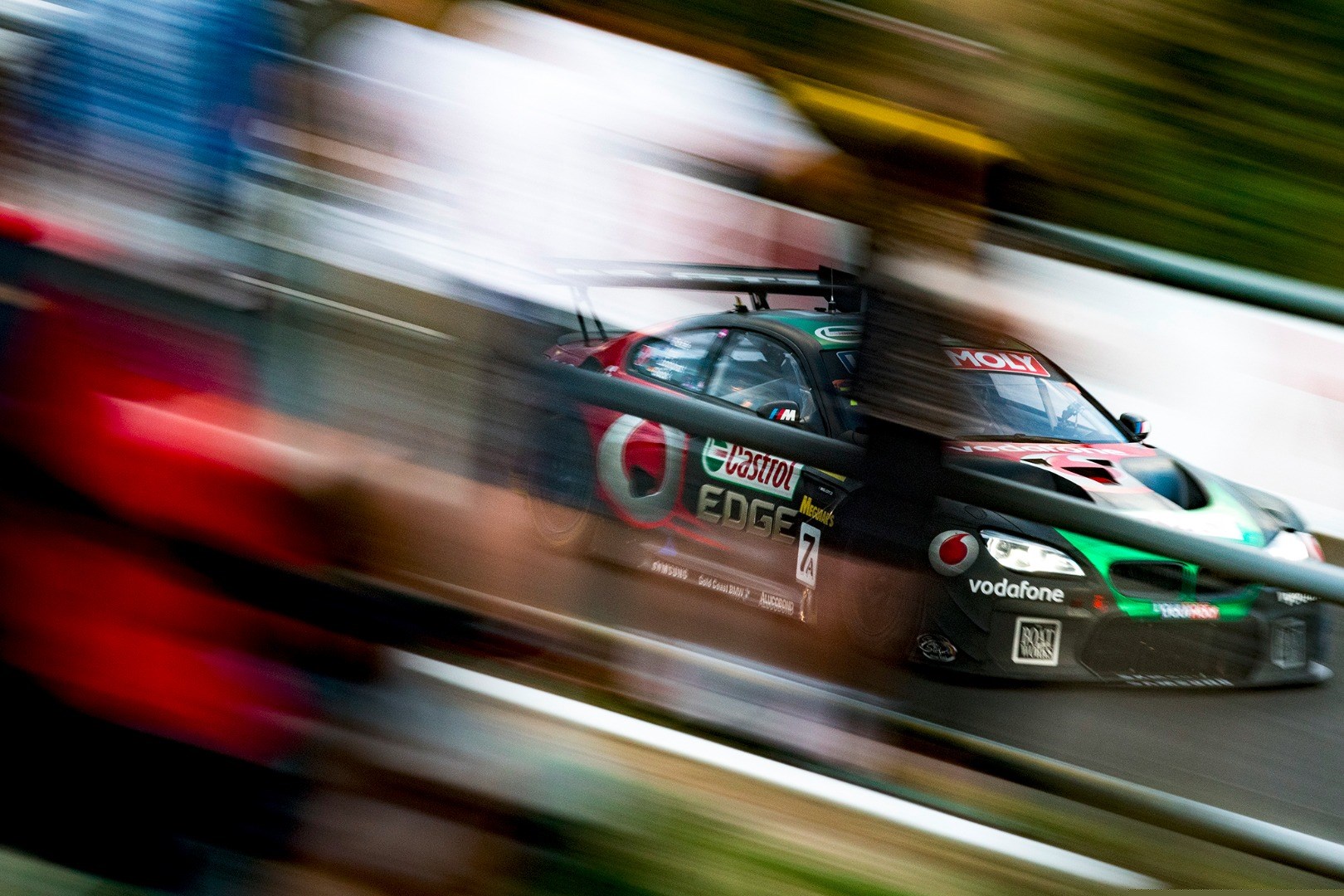
Yes yes, I know, some smart phones these days will allow people to shoot in RAW and adjust all the same little functions. But, they also don’t have the same versatility for lens swapping and use of flashes and other equipment.
It’s a fairly deep rabbit hole this photography stuff, especially when you get seriously into it. But, few crafts are more rewarding...
Most of them pay better, though.




